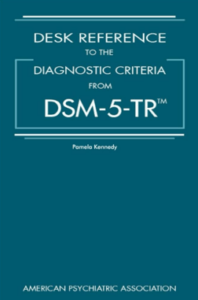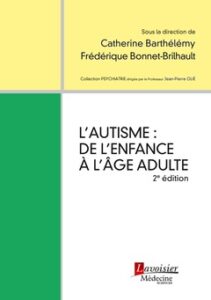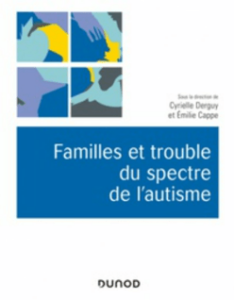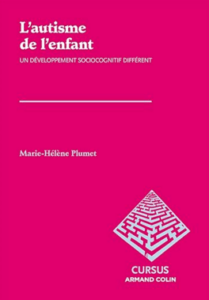WAFT
Well-being, Autism and neurodevelopmental disorders, Families, Teachers and caregivers
Home | Presentation | Research axis | Team | News | Publications | Support us | Partners
Presentation
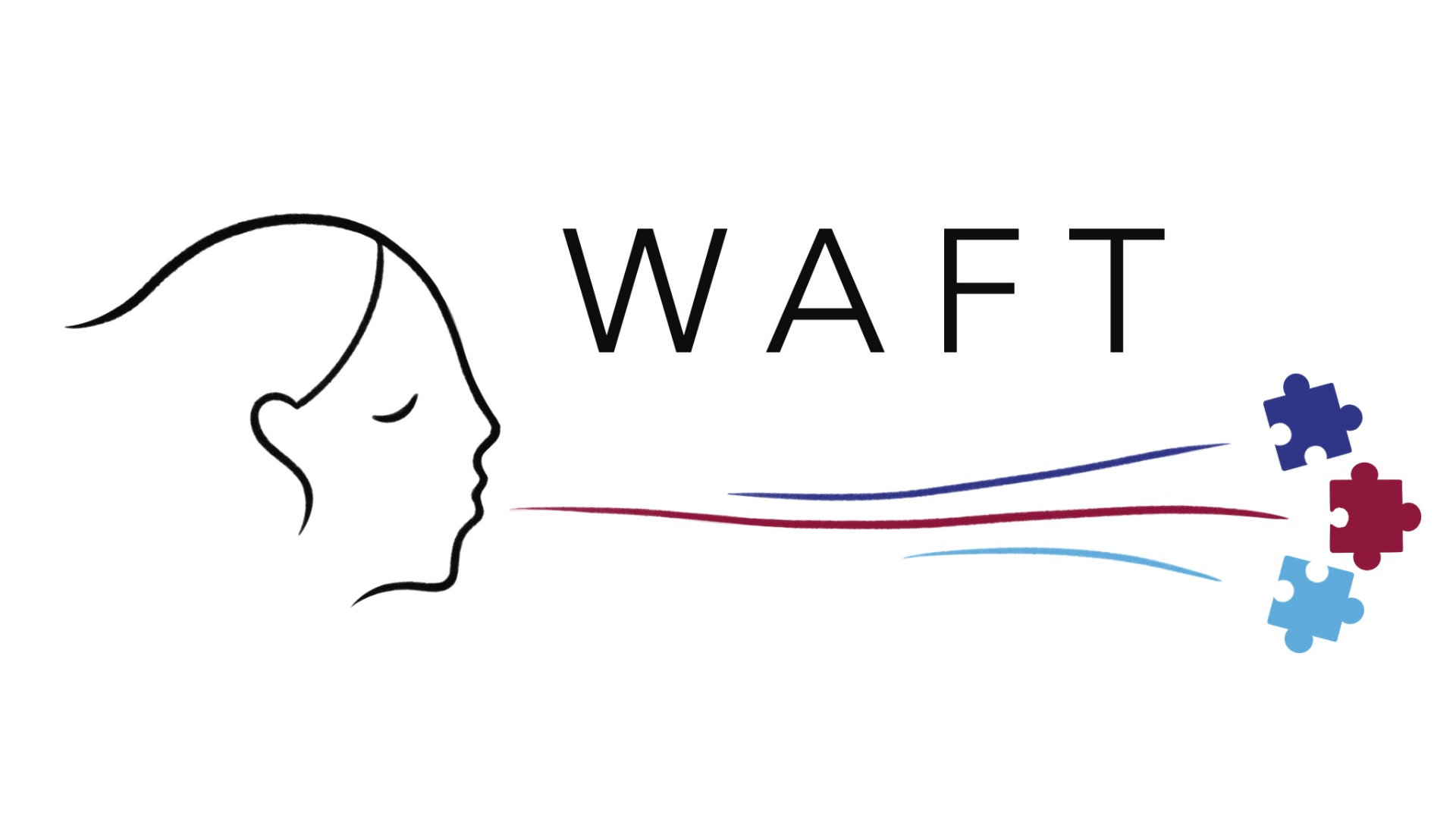
© Damien Ridremont
Well-being, Autism and neurodevelopmental disorders, Families, Teachers and caregivers
The WAFT program is a research program aimed at studying and improving the well-being of persons with autism*, their families, and the professionals who support them (e.g., teachers, educators, and professional caregivers).
The program takes a systemic approach based on Bronfenbrenner’s (1979) eco-systemic model. Thus, within the framework of this program, we start from the premise that there are interactions between different systems that are connected to the autistic person’s situation and can influence or be influenced by it. Despite the existence of common characteristics, the substantial heterogeneity in the clinical forms of autism spectrum disorder (ASD) requires adaptation from all living environments, particularly the family and school environments. This experience can be a significant source of stress for families following diagnosis, as well as for teachers and professionals who feel unprepared to meet the special educational needs of students with autism.
The aim of the WAFT program is, therefore, to gain an improved knowledge and understanding of the risk and protective factors that can affect the well-being of persons with autism and those around them (including families, teachers, and other professionals), with a view to providing advice and proposing interventions to improve the well-being of all concerned. The notion of “well-being” encompasses many variables, both physical and psychological. However, within the framework of the WAFT program, and informed by Bruchon-Schweitzer’s integrative transactional model (2002), well-being is considered a criterion of adaptation and health assessed through variables such as perceived stress, sense of self-efficacy, coping strategies, quality of life, anxiety and depressive symptoms, and burnout.
Professor Émilie Cappe (Université Paris Cité) is the scientific leader of the WAFT program. The research collaborations that make the program possible are both interdisciplinary and international. They include researchers from various disciplines in the Human and Social Sciences (e.g., Psychology and Educational Sciences) and from abroad (including the USA, Quebec, Switzerland, Belgium, and Lebanon).
The WAFT program is divided into three lines of research, each focusing on one of the systems. The first axis aims to study and improve the well-being of autistic persons themselves. The second focuses on the well-being of the families of people with autism. Finally, the third axis focuses on the well-being of teachers and professional caregivers working with autistic persons. Find out more about the objectives of the program’s different axes and the research (studies and theses completed and in progress) integrated into these axes to get a clearer idea of our work.
* According to the recommendations of Autisme France and Autisme Europe, and in compliance with the recommendations of the United Nations Convention on the Rights of Persons with Disabilities, the terms “person(s)/people with autism” or “autistic person(s)/people” is used to avoid the negative connotation of the term disorder.
What is Autism Spectrum Disorder (ASD)?
The revised fifth edition of the Diagnostic and Statistical Manual of Mental Disorders (DSM-5 TR; APA, 2022) characterizes ASD as “persistent deficits in social communication and social interaction in multiple contexts, as manifested by all of the following: deficits in social-emotional reciprocity, in nonverbal communicative behaviors used for social interaction, and in the development, maintenance and understanding of relationships.” The first manifestations are observed in early childhood and significantly limit adaptive functioning (APA, 2022).
Three levels of support described by the DSM-5, ranging from “requiring assistance” to “requiring very substantial assistance,” allow us to consider the severity of social communication and behavioral difficulties. Several comorbidities are linked to ASD, such as anxiety disorders, attention deficit disorder with or without hyperactivity (ADHD), mood disorders, and intellectual disability.
The presence of an ASD has significant social and cognitive repercussions for the person affected. In terms of social interaction, the autistic person has difficulty using non-verbal cues (eye contact, gestures, facial mimics) to establish and maintain a social relationship, as well as expressive language deficits (absence of language, echolalia, syntactic and logical inconsistencies) and receptive language deficits (semantic confusion, difficulty understanding abstract language). In terms of behaviors and activities, she generally lacks initiative, displays stereotyped behaviors, has particular interests, and is sensitive to change or becomes frustrated. In 26–68% of cases, ASD is accompanied by intellectual disability (IQ < 70) and unique socio-cognitive functioning, marked by disturbances in the processing and integration of information (biological movements, faces, human voices, emotions), delayed acquisition and atypical development of sensoriality, motor skills, imitation, symbolic functions, memory, executive functions, empathy, and theory of mind. These characteristics may lead to autistic persons having difficulties in understanding the world around them, which generally leads to disruptive, escapist, or withdrawn behaviors that can interfere with relationships with the environment.
Autism care: the French context
To meet the needs of persons with autism, the Haute Autorité de Santé (French National Authority for Health) recommends interventions tailored to their specific needs, particularly those aimed at development, education, and behavior or focused on socialization, language, communication, and sensoriality.
Every five years, Autism Plans and National Strategies are published in France, setting out directions and priorities regarding autism research, support, and care. The latest National Strategy for Neurodevelopmental Disorders (2023–2027) sets out six commitments, several of which align with the WAFT program. The new strategy calls for more research into autism, more training for professionals (WAFT axis 3), better schooling for autistic pupils and students (axis 1), and easier living for autistic persons and their families (axes 1 and 2).
Furthermore, the laws of February 11, 2005, and July 8, 2013, have helped to promote schooling for children with disabilities and, therefore, for autistic children. As a result, full inclusion can be offered in ordinary classes with a support worker (AESH), in Teaching Units in nursery schools (UEM), and Localized Units for School Inclusion in primary, middle, and high schools (ULIS). At university (a crucial lever for the social integration of young adults with autism), services available to support students with autism are still insufficiently developed, despite the ambitions announced in the National Strategy for Autism. The Atypie-Friendly network was created to improve the inclusion of students at university, bringing together numerous universities to implement local and national actions in favor of inclusion.
Nevertheless, variability in the evolution and disparity of care is still a reality and contributes to reinforcing the heterogeneity of disability. There is still a shortage of specialized interventions, even though the number of reports, circulars, and laws on support for autistic persons and their families has multiplied over the last ten years.
Diagnostic procedures have improved in France, with earlier assessments and shorter waiting times. However, many families remain deprived of structures and support adapted to their child’s age and needs. Moreover, although the most widespread interventions are now based on psycho-educational methods, some French families still have little or no access to them.
Therefore, contributing to autism research in France means helping to raise public policy awareness of this issue, encouraging decisions in favor of autistic persons and their families, and expediting the implementation of appropriate systems.
To go further :
- American Psychiatric Association. (2023). Diagnostic and statistical manual of mental disorders (DSM-5-TR®). American Psychiatric Pub ;
- Barthélémy, C., & Bonnet-Brilhault, F. (2023). L’autisme : de l’enfance à l’âge adulte. Médecine Sciences Publications ;
- Derguy, C., & Cappe, E. (2019). Familles et trouble du spectre de l’autisme. Dunod ;
- Plumet, M. H. (2014). L’autisme de l’enfant : un développement sociocognitif différent. Armand Colin ;
- Rogé, B. (2022). Autisme, comprendre et agir. Dunod.
